
If it still works, it stays in service. There’s always a bit of “what’s this?” and “what’s it do?” and “how do I make it do what it does?” when stumbling across old equipment, but that’s what we have physicists for.
Discoveries in the Physics & Astronomy shop | Science, curiosities, and surprises

If it still works, it stays in service. There’s always a bit of “what’s this?” and “what’s it do?” and “how do I make it do what it does?” when stumbling across old equipment, but that’s what we have physicists for.
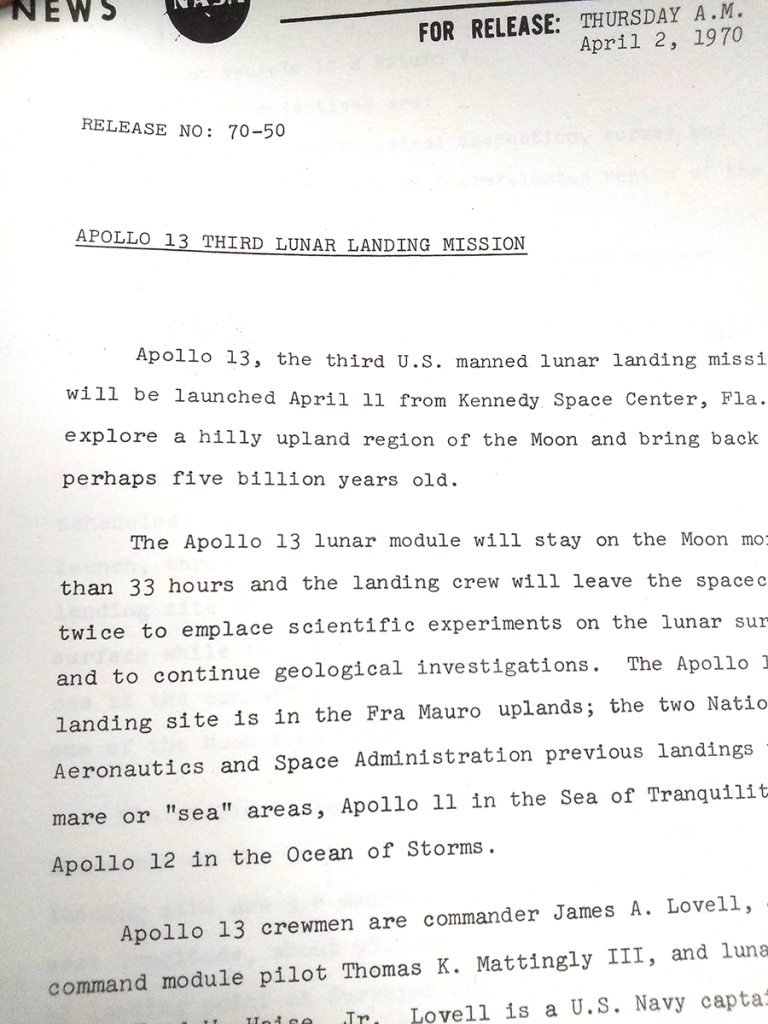
Fifty-five years ago saw the launch of the Apollo 13 lunar mission, on 11 April 1970. It didn’t go to plan, of course. Things took a bad turn, could have been worse, but who can blame them for optimism in the weeks leading up to it all? Moon science is cool!
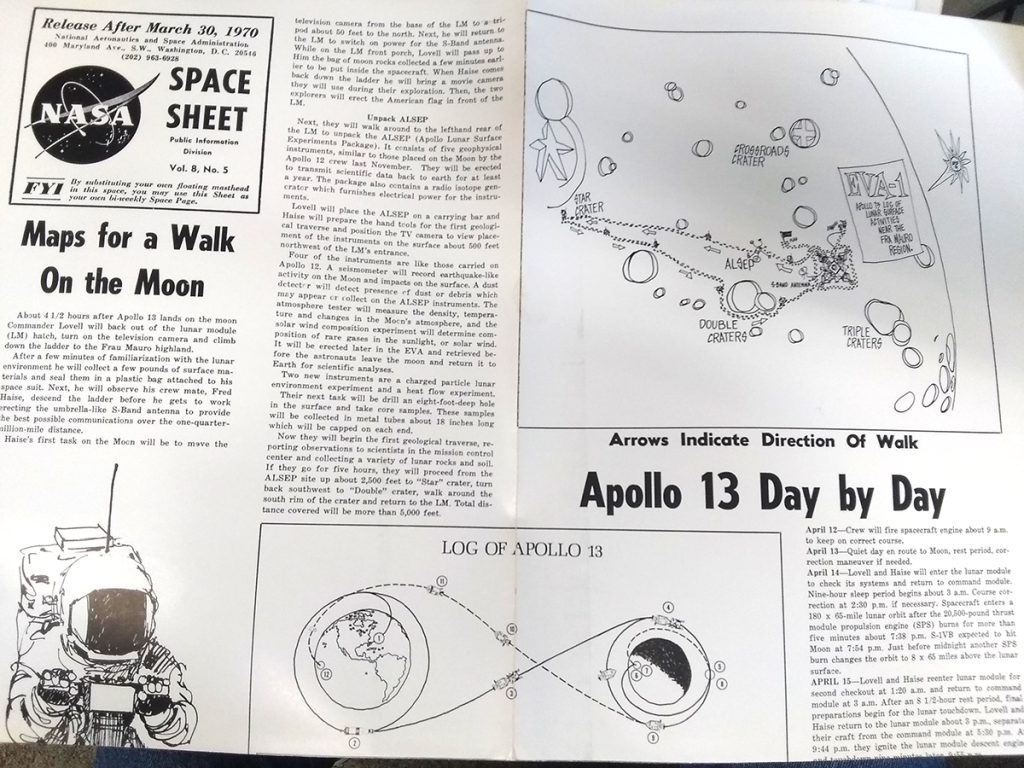
Maps, plans, a pretty tight itinerary. It’s expensive and difficult to go to the Moon, so you don’t waste time. But don’t those hand-drawn maps just make it so inviting? Presumably the astronauts carried maps which were much more detailed and useful, if less likely to get the kid inside all of us super-excited.
Apollo 14 would reach the Fra Mauro highlands in early 1971, though Lovell, Swigert, and Haise never flew into space again.
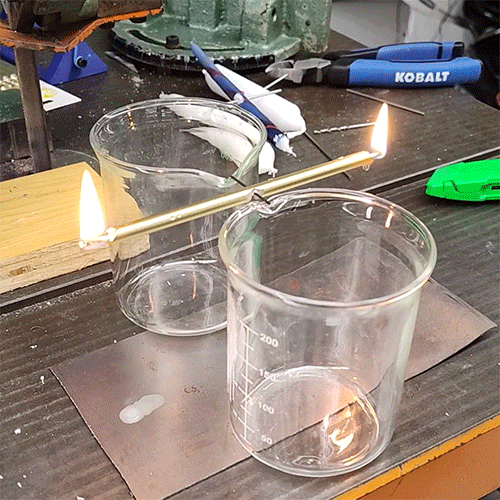
This is what happens when you burn a candle at both ends!
Make a pivot, light both ends, and the burning and dripping wax creates oscillations. In our limited experience, pretty irregular and chaotic. It’s really quite cool.
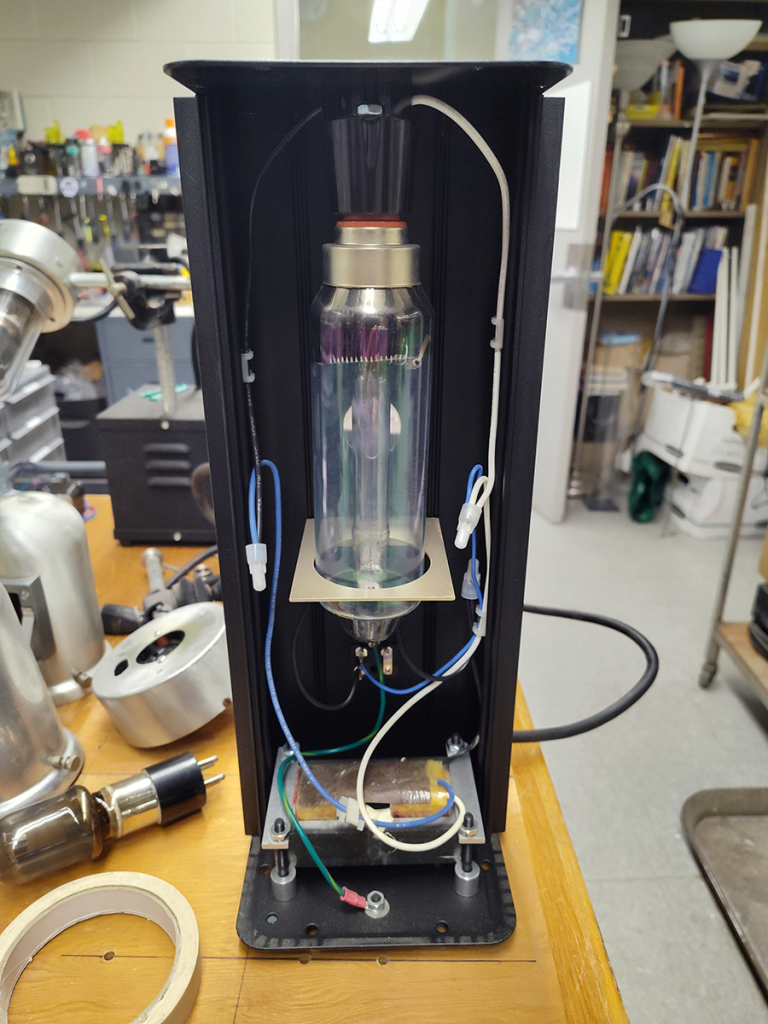
Here, our more modern sodium light sources, using a clever design that enabled a reduction from the minimum 35W to as little as 18W in 1977. Cool, yeah?
Unfortunately, Philips finally bowed out of the low pressure sodium lamp game in 2019, mean we’ve got these dinosaurs running for as long as we can scour spare lamps online. Once the supply’s gone, it’s gone.
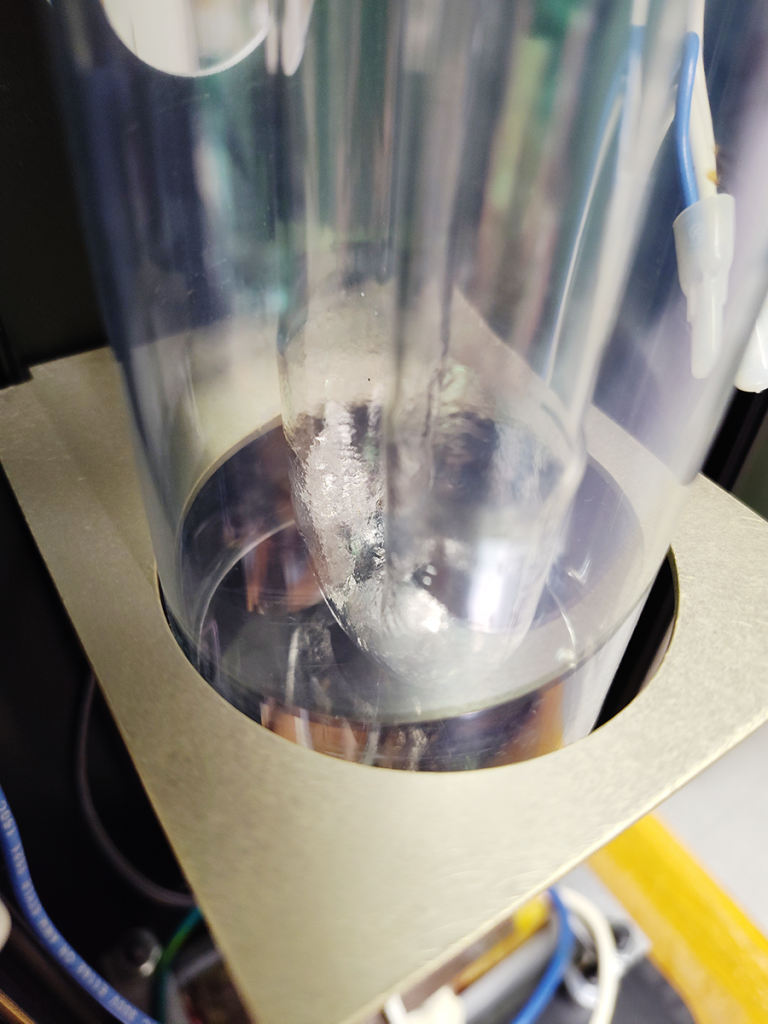
Hey, look! Sodium metal! Highly reactive, so it’s inside with a mixture of 99% neon and 1% argon, neither of which deigns to react with, well, anything. That’s why, when it starts up, we see a purplish glow from the noble gases before tube reaches 260°C and vaporizes the sodium. After that, it’s an intense monochromatic yellow-orange that’s hard to look at.
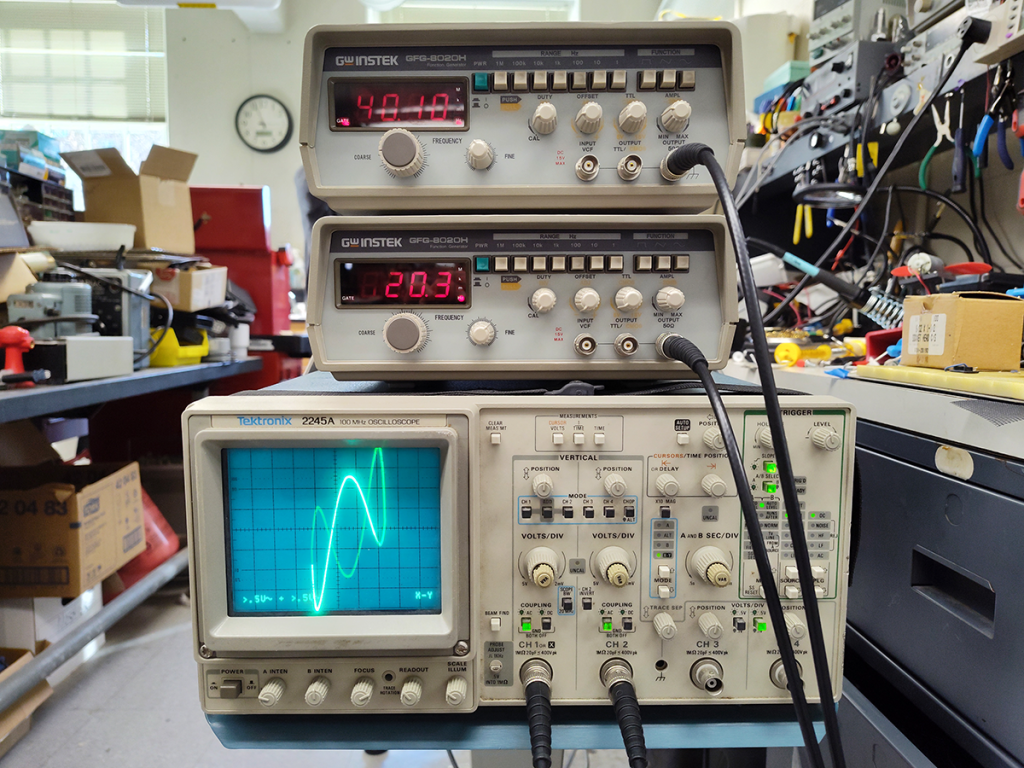
Take two function generators, an old CRT oscilloscope, a couple of power and BNC cables, and look! Whirling, dancing lissajous figures!
Chunky knobs! Clicky buttons! Drifty outputs! Squiggly curves!

Need a thing, but can’t get it in the right size, right shape, right odd set of dimensions? That’s one reason to keep a workshop in the basement. If we can possibly make it, we’ll certainly try.
Pictured: a custom optics breadboard, for a very specific apparatus, with many, many drilled, tapped, and cleaned 1/4″-20 mounting holes. It’s big, and shiny, and has a bright future ahead!
Probably with lasers or something. Lots of lasers around here.

No kidding. Bright red indicator to proceed with caution.
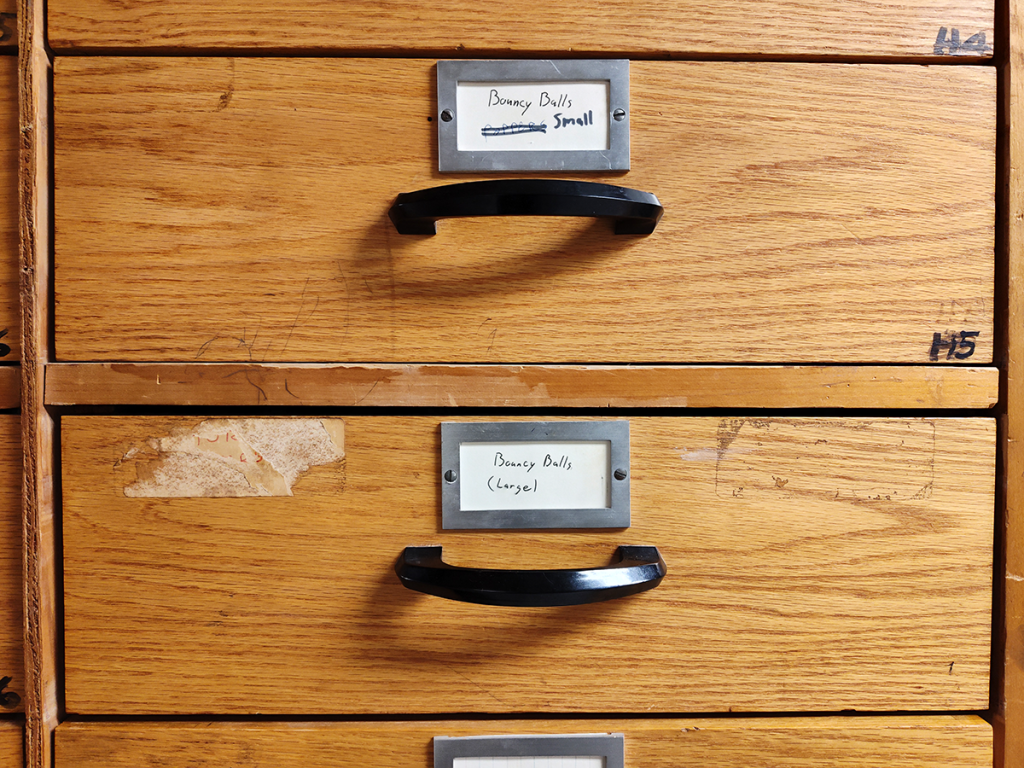
It’s July, and that means it’s the time of year for restocking on toys! Bouncy balls, suction cup blowdart guns, silicone poppers, the works.
This is all for advanced scientific education, mind you. Important stuff, building a better tomorrow, etc.

We’re all relieved to hear that. While the American bullfrog enjoys a large natural range throughout eastern North America, and are celebrated jumpers, they are not typically encountered at heights above the earth that one would consider “in orbit.”
Whatever it’s like to think like a frog, we can safely assume that the rocket launch and orbital microgravity experiences were weird by any frog standards.
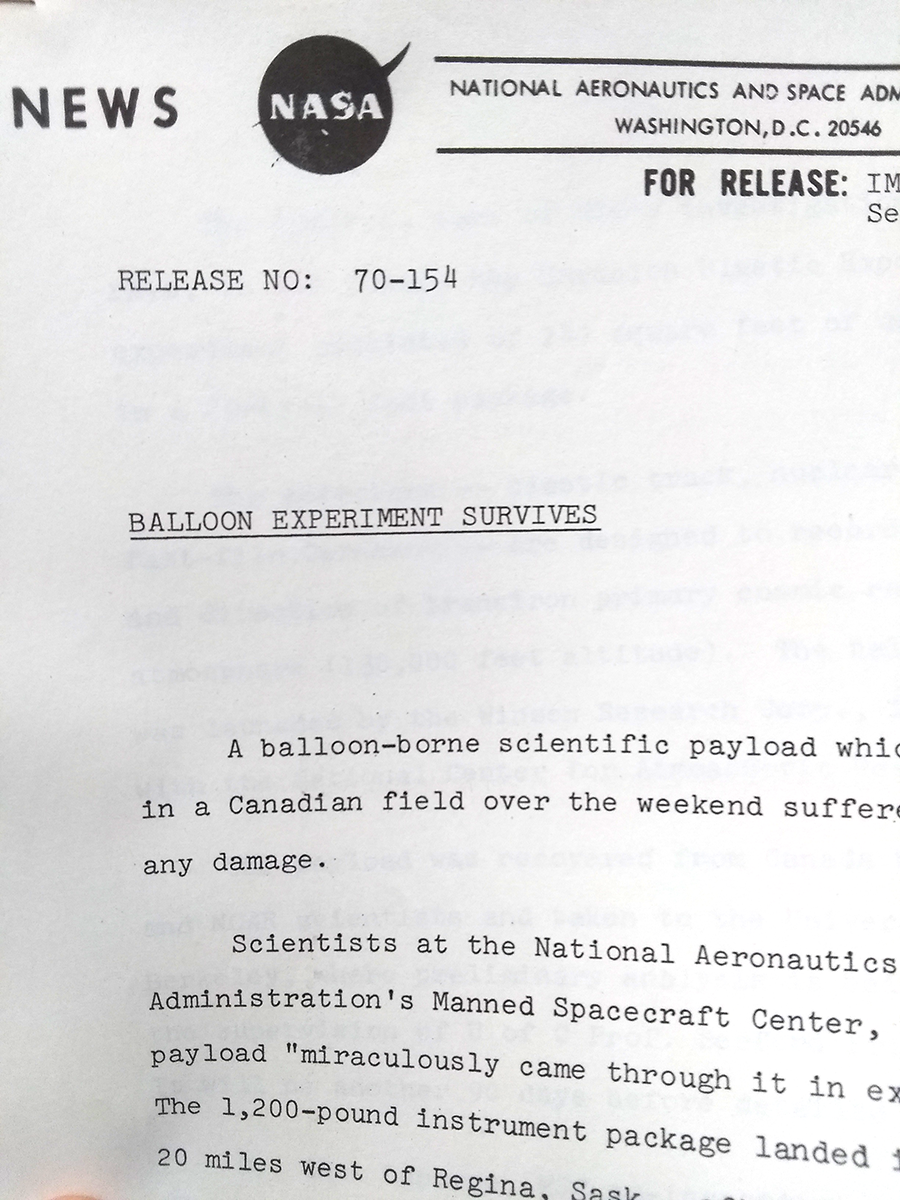
Science: if we can learn something from sending a 1,200 lb. payload over Saskatchewan via (a very large) balloon, by golly we’re going to try.